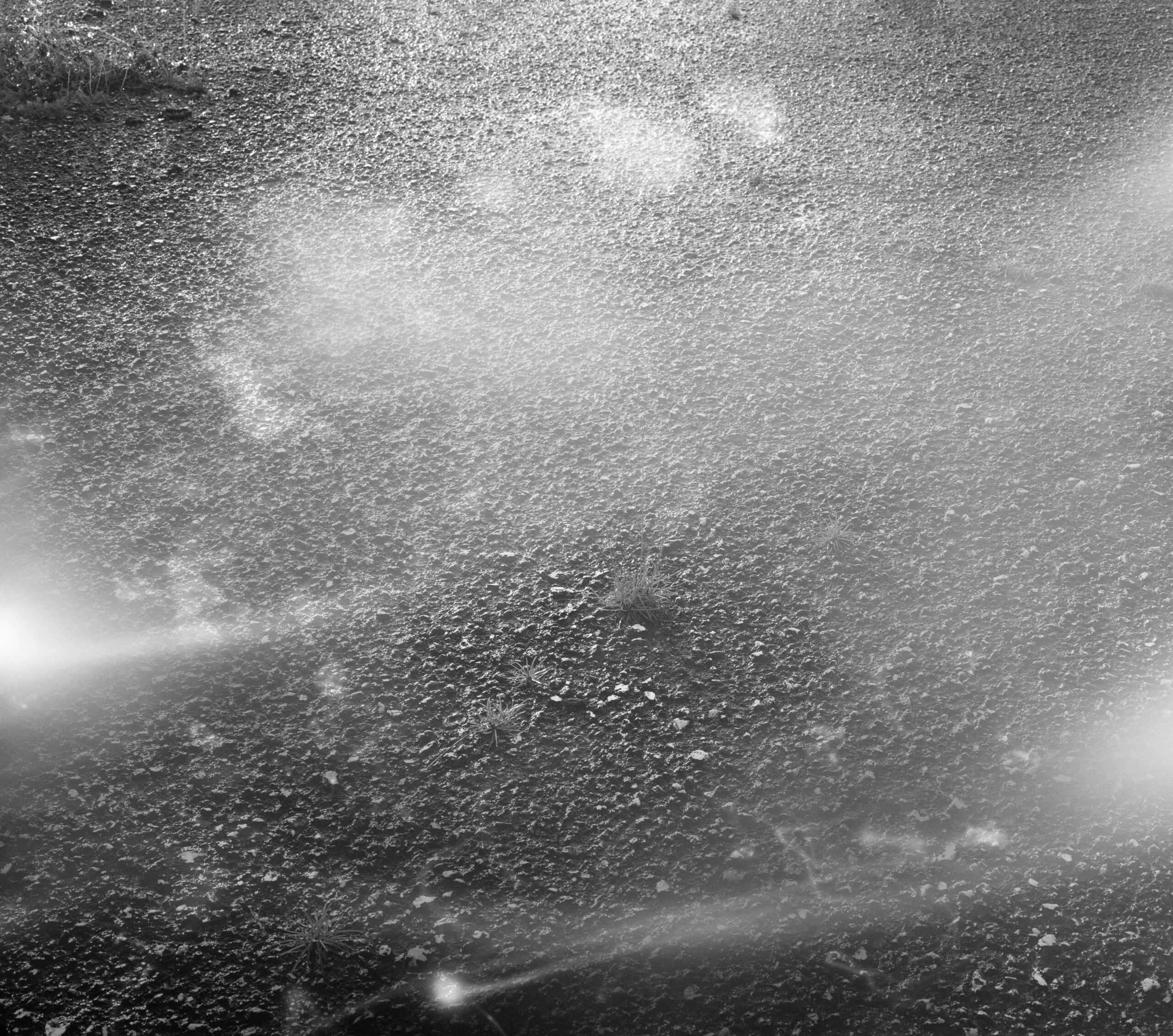Seeing the Sun: Nuclear (in)visibility in the Mariana Islands of Guam & Tinian
Click here to download the essay.
In this essay, Sylvia Frain and Fiona Amundsen examine the historical and contemporary impacts of nuclear policies and practices on the Mariana Islands. Through the use of photographic artworks and community-centered research, the essay calls for a reevaluation of the nuclear legacy and the development of ethical visual methodologies to support nuclear justice and disarmament efforts. It highlights the ongoing consequences of US nuclear testing and military presence on the Indigenous Chamorro people of Guam and the residents of Tinian. The authors emphasize the need to challenge the dominant narratives of nuclear imperialism and advocate for the visibility of marginalized voices and experiences. They also underscore the importance of various forms of resistance and recognition, including artistic, legal, and political avenues, to address the complex histories and ongoing struggles of the Mariana Islands.
This essay was produced as part of a project on Nuclear Disarmament and the Anthropocene: Voices from Pacific Island Countries, sponsored by Ploughshares Fund.
About the Authors
Dr Sylvia C Frain is co-founder of the non-profit, Fåha’ Digital Media on Saipan in the Commonwealth of the Northern Mariana Islands. Fåha’s mission is to support Indigenous storytellers while developing an equitable film industry in the Mariana Islands. She earned her PhD in Peace & Conflict Studies at The National Centre for Peace and Conflict Studies | Te Ao O Rongomaraeroa at the University of Otago | Te Whare Wānanga Otāgo in Ōtepoti | Dunedin, Aotearoa New Zealand and a Master’s in International Studies in the field of Peace & Conflict Resolution at the School of Political Science and International Studies at the University of Queensland in Brisbane, Australia. In 2018, she was the inaugural postdoctoral research fellow at the Pacific Media Centre, and in 2021 was awarded a Whitinga Research Fellowship in Visual Arts | Toi Whakatu in the School of Art + Design | Te Kura Toi a Hoahoa at Auckland University of Technology | Te Wānanga Aronui o Tāmaki Makaurau, Aotearoa New Zealand. Currently, she is a 2024 Indo-Pacific Leadership Lab fellow with the East-West Center, Honolulu, Hawai’i with support from the Japan Foundation, Tokyo.
Dr Fiona Amundsen is an artist and writer who has exhibited widely throughout the Asia Pacific region, United States and Europe. She is an Associate Professor at the School of Art and Design (AUT University) and recently completed her PhD (Monash University) which explored alternative modalities for memorialising stories and experiences associated with the Asia-Pacific War (WWII). The exhibition that resulted from this research—A Body that Lives (2018)—has been nominated for the 2020 ‘Walters Prize’, Aotearoa New Zealand’s most prestigious art award. In 2019, she was awarded a Fulbright New Zealand Scholar Award which enabled her to begin the initial research for Coming back to Life (2019), a photo- filmic-writing project that explores relationships between Cold War military nuclear technologies, military-capitalism, nuclear environmental destruction and spirituality. Currently, Fiona is finalising, Blowing in the Wind for PHOTO 2024 International Festival of Photography, Australia, curated by Elias Redstone, Brendan McCleary and Pippa Milne.
Disclaimer: The opinions articulated above represent the views of the author(s) and do not necessarily reflect the position of the Asia-Pacific Leadership Network or any of its members. The APLN’s website is a source of authoritative research and analysis and serves as a platform for debate and discussion among our senior network members, experts and practitioners, as well as the next generation of policymakers, analysts and advocates. Comments and responses can be emailed to apln@apln.network.
Image: Fiona Amundsen, Runway Abel, Tinian Island (66,000 instant deaths), Inkjet Photographic Print, 3000 x 2650mm, 2023

